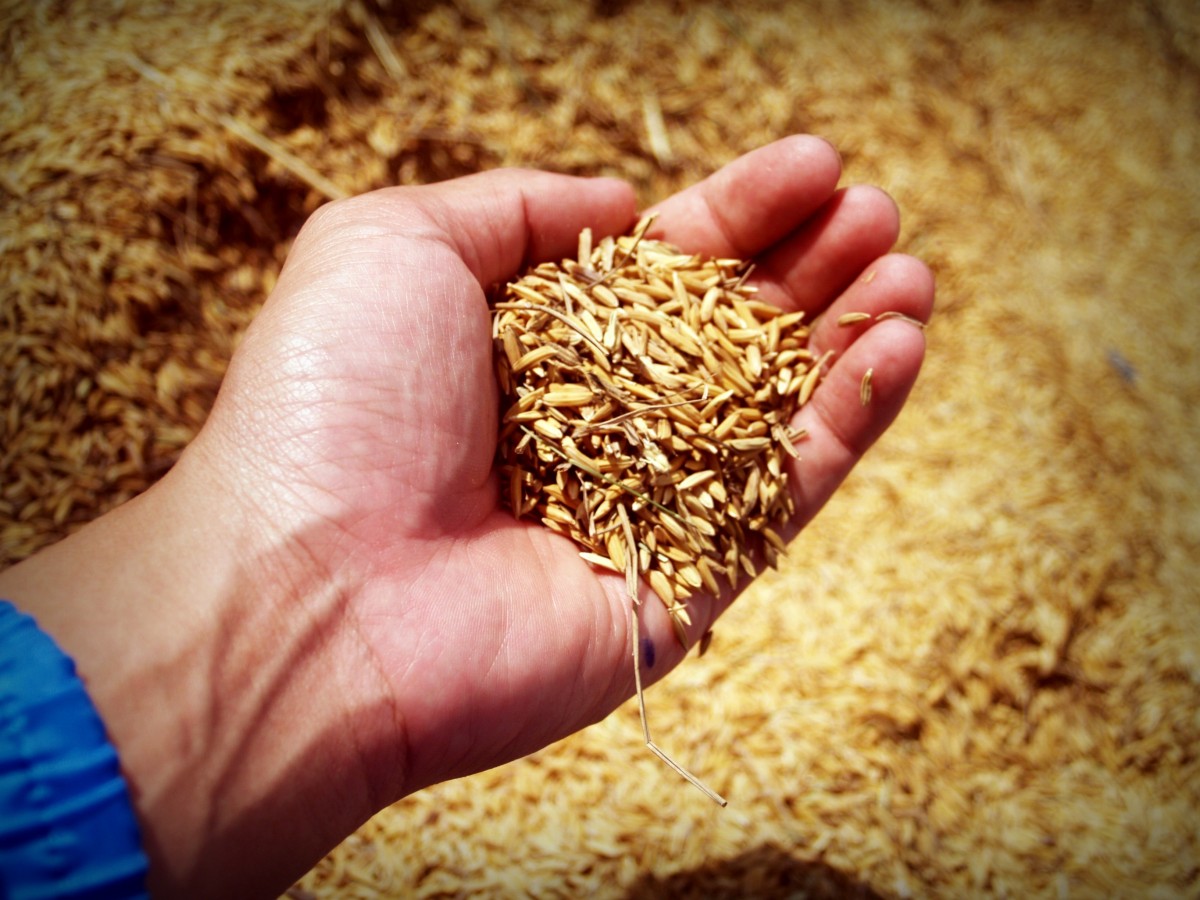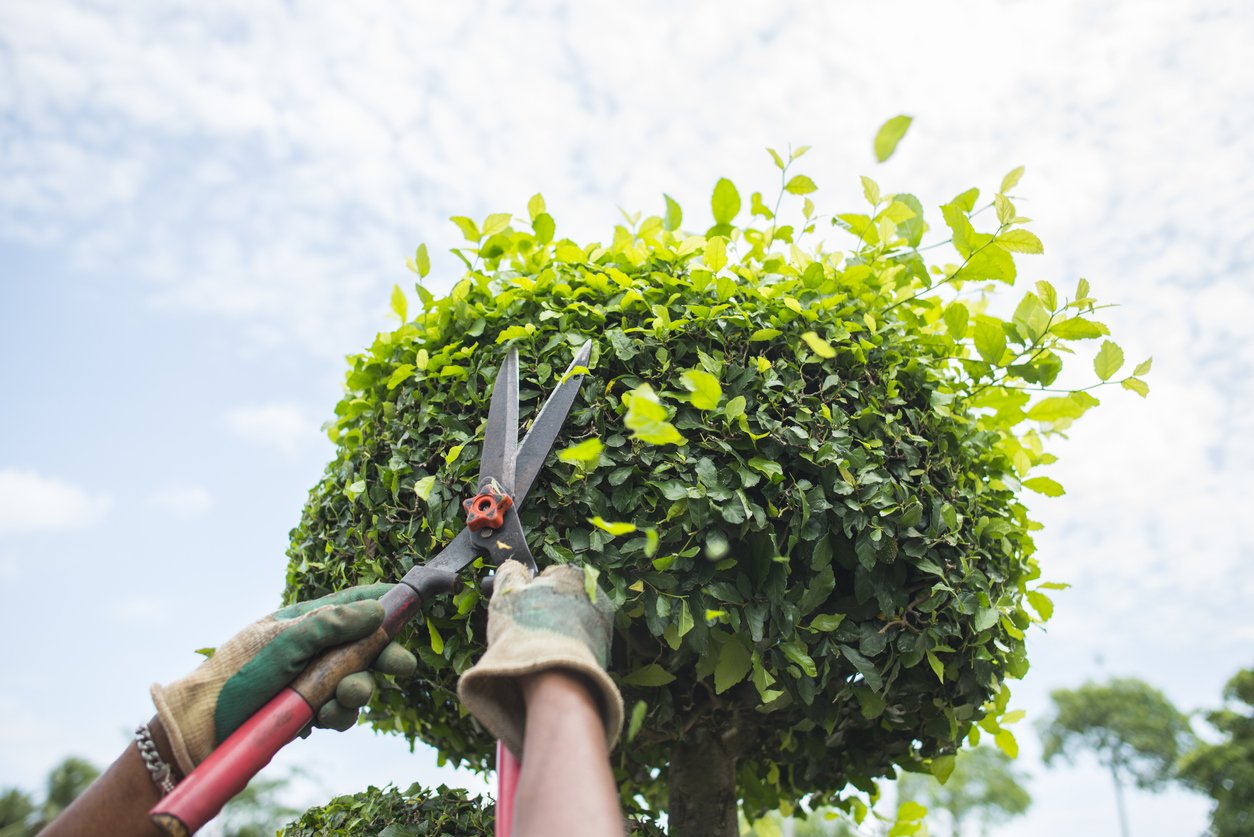4 Steps for Successful Broadcast Seeding
Summary
– Step 1: Prepare the soil for sowing
– Step 2: Mix your seeds with sand
– Step 3: Broadcast your seeds
– Step 4: Finalize your seeding
There are three ways to sow: row, pack, or broadcast.
The broadcast technique spreads the seeds as evenly as possible over the entire area to be sown. This technique is particularly suitable for ornamental gardens: lawns, flower meadows, and annual flowers that do not climb, especially when you want to obtain large coloured patches with a natural appearance.
In the vegetable garden, broadcast sowing is rarely practiced, except for a few plants like parsley and lamb’s lettuce.
This practical sheet explains how to proceed for a successful broadcast sowing.
1. Prepare the soil for sowing
Before sowing, carefully prepare the soil for sowing, then rake it lightly.
2. Mix your seeds with sand
The goal of broadcast seeding is to achieve an even density in a given area, which is not easy, even for an experienced gardener.
Therefore, mix your seeds with fine sand beforehand: increasing the volume to be sown. This will promote the even distribution of seeds over the whole surface. You can use wood ashes or couscous if you don’t have sand.
Note: if you are sowing a large area (lawn, meadow), mix the seeds/sand in a bucket and stir it several times during the sowing process to obtain the most homogeneous sowing possible.
3. Broadcast the seed
Important: for broadcasting, choosing a day without wind is imperative. Even a light wind is not recommended.
Broadcast the seeds over a small area
Take the seeds in your hand, palm open, and throw them on the surface to be sown by shaking your hand from right to left.
Broadcasting over a large area
– Hold the seed/sand mixture container against you with one hand and spread the seed on the ground with a wide forward motion of your arm (the traditional sowing motion).
– Move forward in a straight line and keep the same rhythm: one step, take a handful of seeds; another step, throw the seeds; one step, a handful, and so on…
– Go back and forth straight until you have sown the entire field.
For the particular case of grass, which requires perfect homogeneity, mark outstrips and sow by strips by crossing two passages.
Note: for vast areas and extensive lawns, it may be preferable to use mechanical seeding, a mechanized alternative to broadcast seeding. This seeding is done with a seeder, crank, or wheel spreader.
4. Finalize your seeding
– Rake very lightly to bury the seeds partially.
– Pack lightly with the back of the rake, a board, or by rolling, depending on the surface sown.
– Water in fine rain.
Equipment needed for successful broadcast seeding
Watering can with head
Rake
Lawn roller
Sand
Mason’s bucket
Garden hose with adapter
Read more:
– What Is the Purpose of Trimming Ornamental Trees?
– Tips on Choosing Your Wooden Pergola;
– Building a Ladybug Hotel in Your Garden!
– 3 Steps to Install Your Drip Irrigation System;
– How to Choose Your Garden Furniture;
– How to Level a Plot of Land;
– 8 Ways to Attract Wildlife to Your Garden;
– What Is the Purpose of Trimming Ornamental Trees?
– 5 Steps Before Installing a Lawn;
– How to Install a Garden Faucet;
– 4 Steps to Maintain Your Lawn;
– 5 Steps to Create a Gravel Garden;
– How Do You Set Your Japanese Walkway;
– 5 Steps to Design a Long Garden;



1 thought on “4 Steps for Successful Broadcast Seeding”